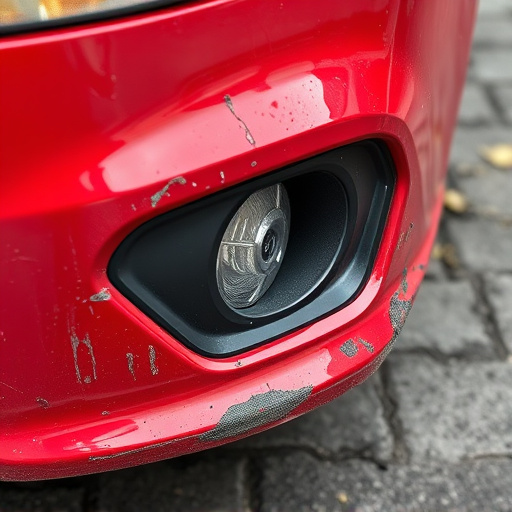Mercedes sensor adjustment using Xentry software is a critical, technical process for optimal vehicle performance and safety. Professionals connect their laptops to the car's diagnostic port, select the correct model in Xentry, and calibrate various sensors like wheel speed and acceleration sensors against specific reference values through step-by-step guides. This meticulous procedure ensures precise sensor communication with the car's computer, leading to enhanced driving dynamics, fuel efficiency, and safety features.
Mercedes vehicles are renowned for their advanced technology, and a crucial aspect is precise sensor adjustment. This article explores the intricate process of fine-tuning these sensors using cutting-edge tools like Xentry calibration software. We delve into why this adjustment is vital for optimal vehicle performance, offering a comprehensive guide to understanding and executing the procedure. Discover how Xentry tools validate sensor functionality, ensuring your Mercedes operates efficiently.
- Understanding Mercedes Sensor Adjustment: A Primer
- The Role of Xentry Calibration Tools in Validating Sensor Performance
- Step-by-Step Guide: Using Xentry for Sensor Adjustment and Calibration
Understanding Mercedes Sensor Adjustment: A Primer

Mercedes sensor adjustment is a critical process that ensures the optimal performance of your vehicle’s various systems. Sensors play a vital role in modern cars, monitoring and transmitting data to control nearly every aspect from engine operation to safety features. A precise Mercedes sensor adjustment guarantees these sensors are communicating accurately with the car’s computer, leading to efficient and safe driving.
Understanding how these adjustments work is essential for both professional mechanics and car owners. In an auto body shop or during car collision repair, technicians use specialized tools like Xentry calibration software to fine-tune sensor settings. This process involves calibrating various sensors, including oxygen sensors, temperature sensors, and pressure sensors, to match the specific specifications of your Mercedes model. Such meticulous adjustments are crucial for maintaining not just the car’s performance but also its longevity and safety on the road.
The Role of Xentry Calibration Tools in Validating Sensor Performance

In the realm of Mercedes sensor adjustment, Xentry calibration tools play a pivotal role in validating and ensuring optimal sensor performance. These advanced diagnostic devices are designed to interact with a vehicle’s electronic control units (ECUs), offering precise measurements and real-time data during the calibration process. By employing Xentry tools, technicians can accurately adjust various sensors within the Mercedes vehicle, including those responsible for critical functions like engine management, emissions control, and safety systems.
The validation process involves rigorous checks to confirm that each sensor is functioning as intended, ensuring seamless integration with the vehicle’s overall performance. This meticulous approach extends beyond mere fender repair or auto detailing; it encompasses the intricate interplay of sensors in modern vehicles, ultimately contributing to enhanced driving dynamics, improved fuel efficiency, and superior safety features.
Step-by-Step Guide: Using Xentry for Sensor Adjustment and Calibration

Using Xentry for Mercedes sensor adjustment is a precise process that requires clear steps and technical know-how. Begin by connecting your laptop to the car’s diagnostic port, ensuring it’s recognized by the software. Next, launch Xentry and select the appropriate vehicle model from the menu. The system will then display all available sensors and modules for calibration.
Follow a step-by-step guide that aligns with your specific Mercedes model. This might include setting reference points, adjusting sensor readings, and verifying changes through diagnostic tests. For instance, calibrate wheel speed sensors by comparing their measurements against known values during rotation. Similarly, adjust acceleration sensors by fine-tuning their responses to acceleration and deceleration inputs. Throughout the process, ensure that all tools and connections are secure to avoid inaccuracies in Mercedes sensor adjustment.
Mercedes sensor adjustment is a critical process that ensures the optimal performance of various vehicle systems. The article has explored the fundamentals of this adjustment, highlighting its importance in maintaining efficiency and safety. Xentry calibration tools have emerged as indispensable resources for validating sensor performance, offering precise and efficient solutions. By following a structured step-by-step guide, professionals can effectively utilize these tools to calibrate and adjust Mercedes sensors, ultimately enhancing vehicle reliability and driving experience.














